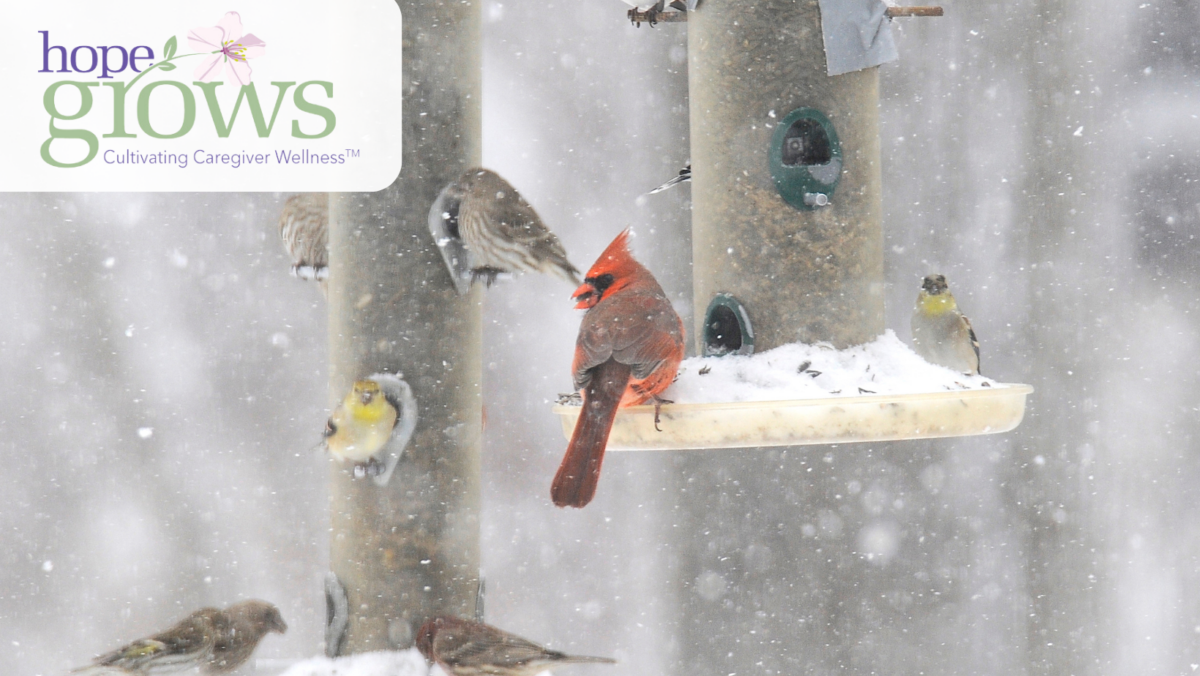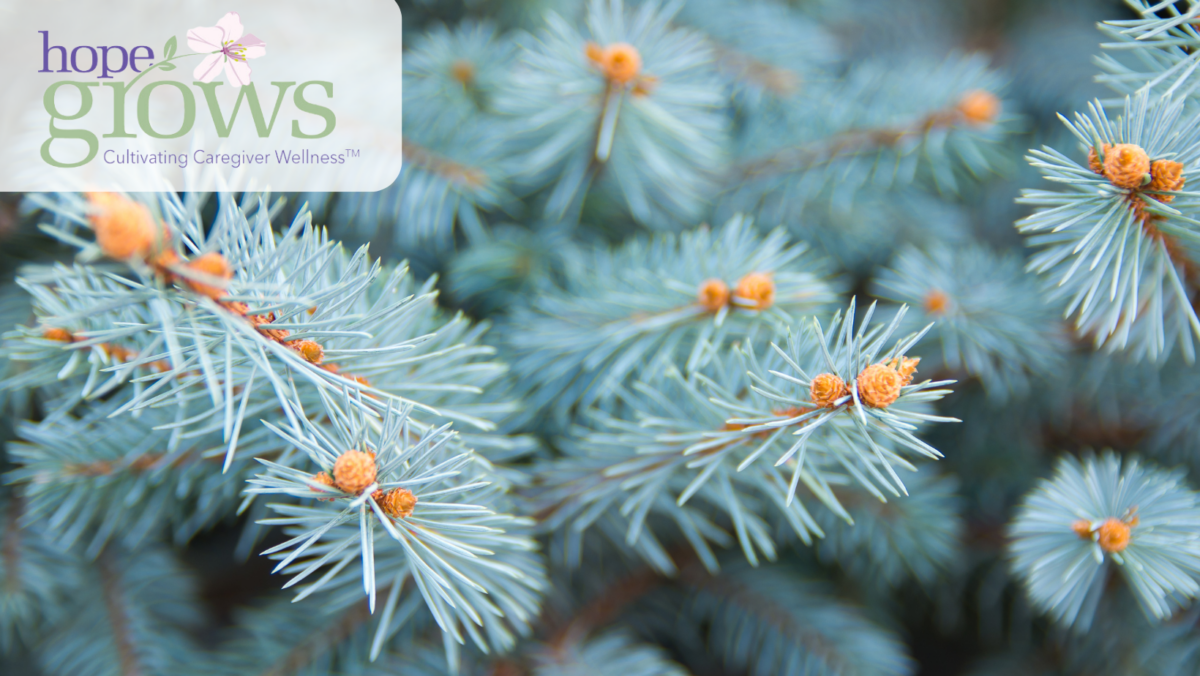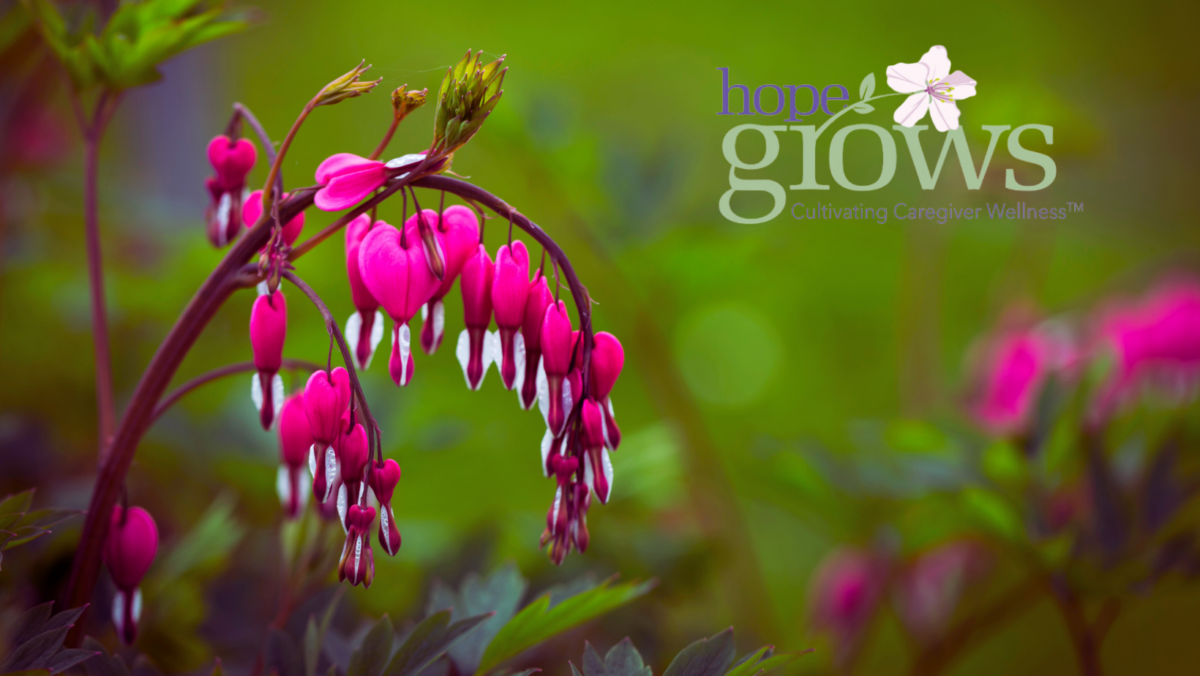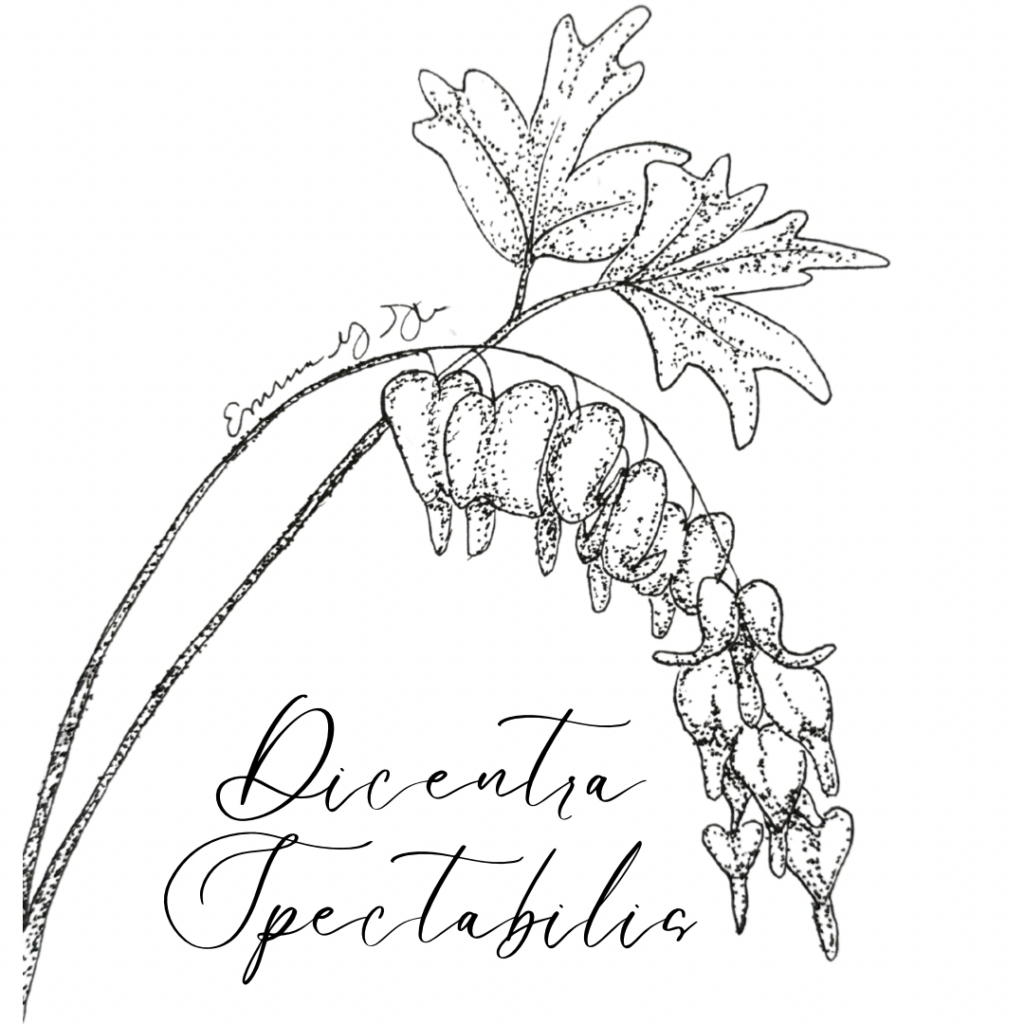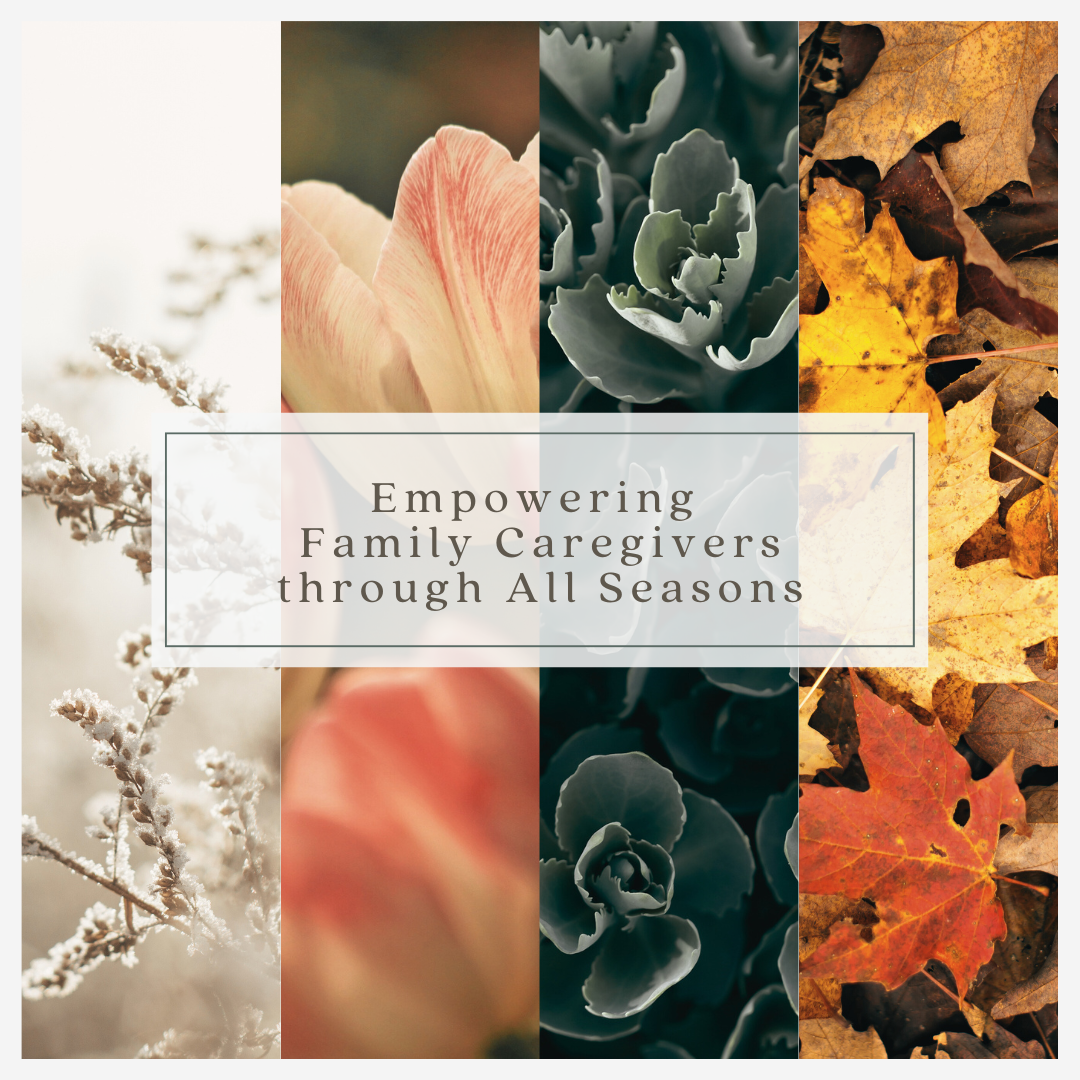Appreciation
I woke the other day to a beautiful heavy snow. It happened to be on a Saturday, so my morning was a bit more relaxed. The picture from the sunroom window, here at the Iris Respite House & Healing Gardens, was breathtaking. I stood there, looking out the window, mesmerized by the beauty. I felt gratitude and appreciation for what nature was providing. Quickly, the feeling left me as I moved my focus back to the long task list that I put together for the weekend of hopeful accomplishments. I expressed (out loud, I might add), “Why does my day have to be so full of ‘to-dos’?” The tasks on my list were important and needed to be done, but how can I slow down this weekend and appreciate something as soothing as this snowy morning? I wanted to just continue to stare, but thought, how unproductive.
Appreciation is the focus for the month of March. When stress and to-dos happen, self-sabotaging tendencies appear. While nature is one constant in our lives, it can help with appreciation and all the little things in life, but the busy-ness of the day seems to always get in the way. How can we appreciate the surprise of what is below an overturned rock, the transformation of a deciduous tree in the autumn season, the continuous flow of water from a rain storm, or the plant showing its beauty after a long cold winter season?
In this scenario, the moment of surprise was the snow. I know that nature’s rhythm is a reminder of resilience and renewal. We share and shout this message from Hope Grows quite often…blah, blah, blah! But how, even in the midst of stress and many to-do’s can these small moments of wonder anchor you in appreciation?
While the morning went on and I kept busy with the to-do’s, I noticed the snow turned to rain. I found myself drawn to the process of this particular element of nature, in the moment, as it switched from snow to rain. Something happened that I haven’t felt in a while. I was inspired, almost awe-struck at the grounding this change in weather created. I took a moment and just watched, even opened the door to breathe in the scent it was bringing. I watched it move across the window. Even in those few seconds of noticing, I felt a small act of appreciation amidst the busyness of my morning.
As the day continued to unfold, the weather changed several times from rain to snow, back to rain, and then snow again. In fact, the entire weekend’s weather did this; it kept flip-flopping, as if it switched to the rhythm of my endless list. I found myself noticing small acts of appreciation throughout the weekend, gently shifting my awareness from the busy weekend to what was happening outside my window and then back again. I was super excited at the end of the weekend, as it had been one of the most productive weekends in task completion that I have had in a long time. Was it the small acts of appreciation of nature I kept engaging with or was it just pure coincidence? I don’t know, but what I do know is the way I chose to engage perhaps made the difference. Consider trying the following:
- I Paused – for just a few seconds, I took a break from the rush of my to-do’s. It wasn’t a long break; it was just enough to acknowledge the moment.
- I Observed – I tuned into my surroundings. I noticed what was happening in the here and now of nature, in my environment, and even within myself. I took mind of the way the snow looked, how the rain sounded, the scent from the door, and in the filling of my lungs with the air.
- I Acknowledged – Internally, I took notice. I even made comments out loud. “Look how large those snowflakes are!” “Oh wow, it now turned to rain.” “The scent of the air outside is intriguing.” “It’s snowing again, this is beautiful.” I expressed gratitude for the beauty before returning to my tasks.
- I Felt – I allowed myself to experience a sense of gratitude, wonder, and connection, even if it was for a brief moment. It seemed to reinforce the habit of appreciation as I kept looking out the window between tasks.
- I Returned – I went back to my tasks, but continued to carry out the moment of noticing and appreciating. I kept setting an intention to notice one more “smaller” thing out the window as the day went on. I was excited to wake the next day of the weekend and continue with my tasks; I found I didn’t dread the remaining to-do’s and ended up feeling so accomplished.
As the weekend came to a close, I realized that appreciation doesn’t need to be grand. It can be woven into the smallest of moments. I think the process became more intuitive as I kept noticing what was happening to me and outside. Despite the many tasks on my list, I felt rested, relaxed and restored, and accomplished.
With a mission to inspire hope through nature while empowering family caregivers to seek wellness of mind, body, and spirit, we focus on resting, relaxing and restoring as a way to appreciate life. This acknowledges both the challenges caregivers face and the power of nature in fostering well-being. Rest, relaxation, and restoration are not just luxuries but essential parts of sustaining appreciation and resilience.
By taking mindful moments, such as the above, becomes a way to embrace and encourage one to “take a break.” This process instills appreciation. At Hope Grows, we incorporate and encourage others by gratitude practice, mindful techniques, use of healing gardens, the language of flowers, bird watching, connecting to nature, aromatherapy, and labyrinths…to name a few. This beautiful holistic approach weaves together mindfulness, nature, and sensory experiences. Each of these practices offers a unique way to slow down and connect—whether through the symbolism of a labyrinth, the stillness of bird watching, or the grounding presence of a healing garden.
The next time your list has many to-do’s on it, try to appreciate the beauty outside the window in small moments of time throughout your day. You just might feel rested, relaxed, and restored in your busy-ness and have a new found sense of appreciation.
In appreciation of all of you!
Lisa Story, MSCP, LPC, CT
Founder & Clinical Director



